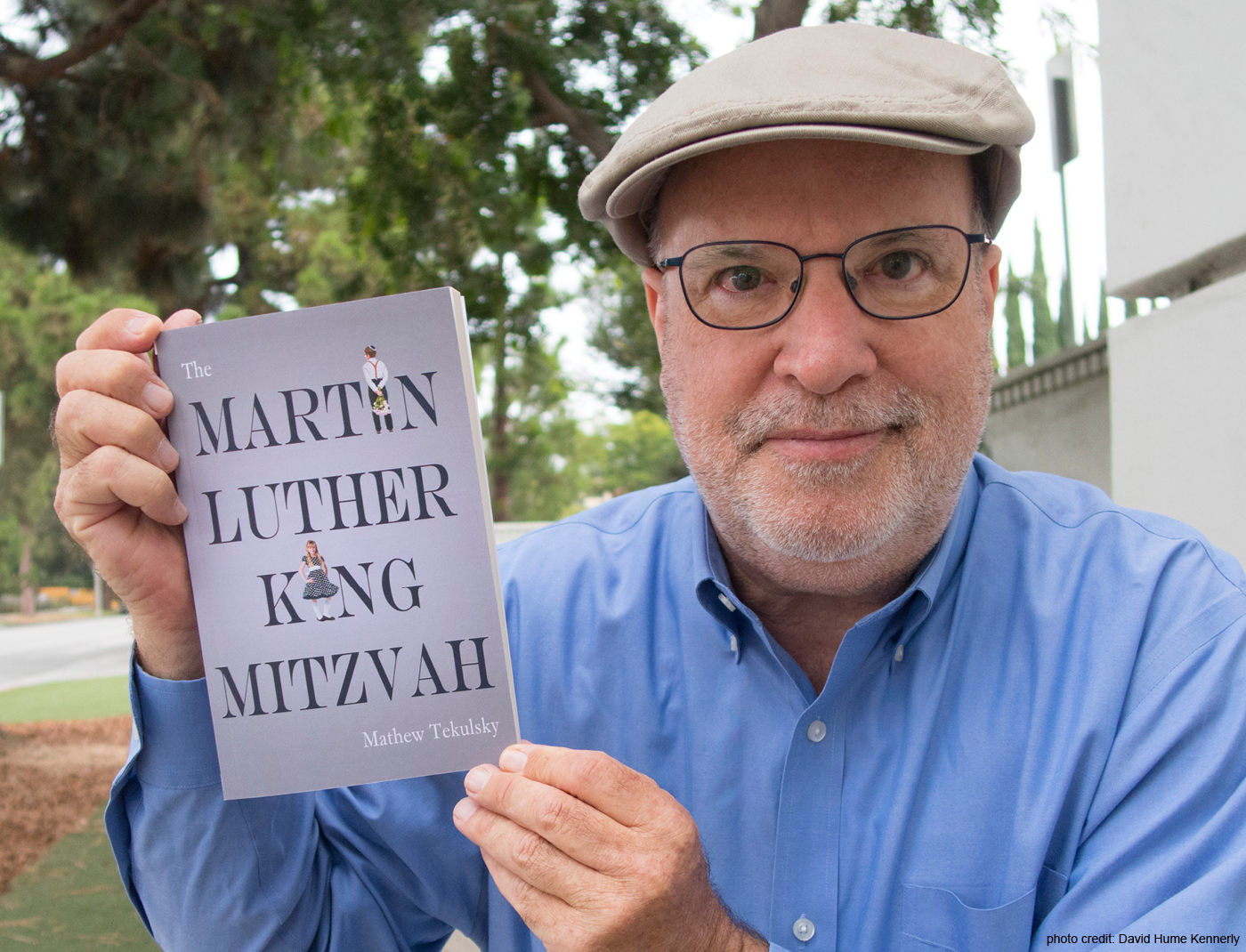I Watch an Allen’s Hummingbird Chick Grow Up: Part 3
I had been watching an Allen’s Hummingbird chick grow up in its nest for 18 days now—and on Day 19, a remarkable transformation took place. Whereas the previous day, the white feather sheaths had been very noticeable across the bird’s body, a day later, they were well over halfway covered with the new rufous-and-gray (with patches of iridescent green) pinfeathers. In other words, it looked as if the bird had feathers covering its body, instead of quills.
With the power of magnifying my digital photos on my computer, I was better able to analyze the feather structure of this young bird even further. For instance, on either side of the middle four black tail feathers that were still emerging, I noticed two white tail feather tips, sticking out of their sheaths like arrowheads. (The following day, I could clearly see three of these white feather tips on each side.)
By Day 21, the hummingbird chick was so large that the upper half of its body was visible above the rim of the nest. Its black-and-orange bill projected out over the rim, and its primaries were tilted at a 45 degree angle up toward its tail feathers, which pointed to the sky. A wide-open, dark eye stared out at me from this bird’s soul. I wondered what he thought of my presence every day. Had he grown fond of me, bemused? He was so calm, he hardly seemed irritated, even though he couldn’t yet leave the nest.
As if on cue, the mother flew in for a feeding session, as the young bird hungrily extended its open beak upward to receive the food. The size of the two birds’ heads was almost equal by now, although the bill of the baby was quite a bit shorter. Every now and then, the chick extended its yellow tongue out of its beak, in anticipation of more food—or was he licking his chops? The tongue was as long as the bill itself!
I noticed that those tiny hairlike projections were still visible on this bird’s back. This “neossoptile down,” which is attached to the chick’s contour feathers, is stimulated by the air movement of the mother’s wings and causes the chick to gape for food. (I remembered blowing on the chick’s back from time to time, in its earlier stages of development, in order to stimulate this gaping pose for my photographs.) This was evidently mother nature’s way of making sure that the chick was aware of its source of food until it was able to fend for itself.
On Day 22, the day before fledging, I only saw evidence of a few feather sheaths on the bird’s crown and nape, and the rest of the bird’s body was covered with those rufous-and-gray feathers. The bird had rufous-and-gray spots all over its otherwise white chin, and the white of its tail feathers now revealed themselves at the tip of an otherwise complete appendage. The bird appeared to have a smile on its face where the upper and lower mandibles met at the chin. Was he thinking about all the flights that he was about to have? Who knows?
I closed in to .9 feet for full-frame shots of the little guy, and I noticed that his bill was now almost all black, except for a small orange area at its base. Suddenly, the mother arrived to drink from the hummingbird feeder situated about 10 feet from the nest. Three minutes later, she was at the nest for a half-minute feeding of the chick. This would be one of the last times that she fed this chick.
The next day, I approached the bird slowly, as I always did, and he sat calmly in his nest and stared at me. Now I could not see one feather sheath at all—even on his crown and nape. He was completely covered with feathers!
The primaries and secondaries, which had never been used, formed a layered row along the side of the bird’s body, and there were more sections of iridescent green along the bird’s back than there had ever been before.
I took a few close shots of the bird and then backed off for a moment. When I looked again at the nest, the chick had suddenly stood on the rim of the nest, with about three-fourths of his body extended out beyond the rim—like a figurehead on the bow of a ship. His beak jutted out into the air, and he had a look of eager excitement in his eyes.
Amazingly, the bird let me photograph him from about a foot away, even as he turned on the rim of the nest and made a nice profile for me. Then, he turned away from me and sat back on the nest. False alarm. I took a few reverse angle shots of the bird from the side of the nest facing the building, and then suddenly, the bird elevated off the nest in a teetering flight, paddled through the air across the walkway and landed on a large bird-of-paradise leaf. It took him a couple of grabs to finally secure himself on that leaf. But there he was, a scrawny looking thing, alone in the world.
He had made it.
(End of Part Three)



